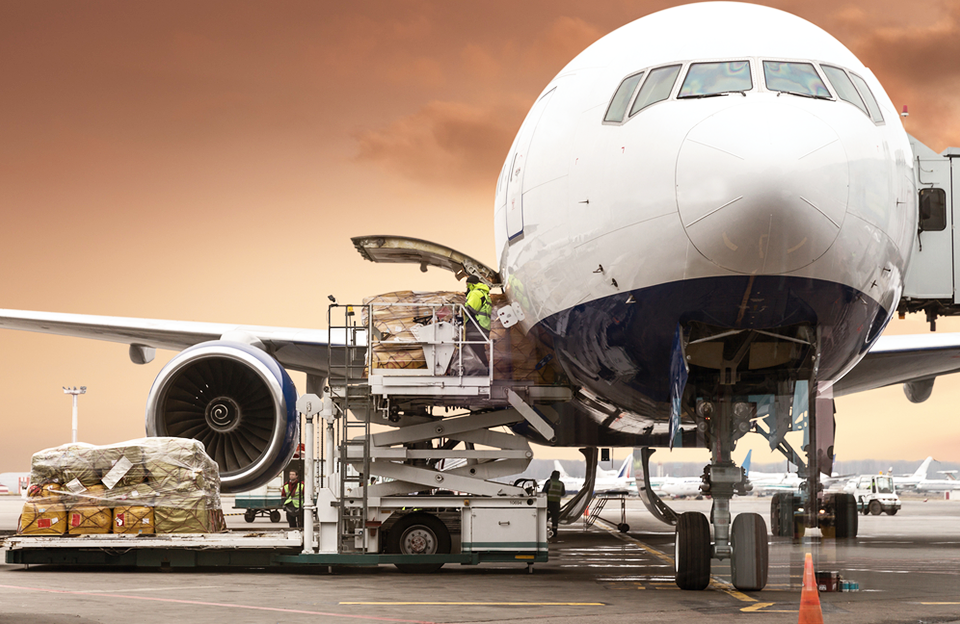|
Blog
Home / Blog
|

Geneva, Switzerland.
The IATA has just released its February statistics for global airfreight markets. As it turns out, airfreight demand, measured in Freight Tonne Kilometres (FTKs), saw an overall decrease of 4.7% in February 2019, compared to February 2018. The data revealed the negative year-on-year growth trend for the fourth consecutive month with this being the worst performance over the past three years.
Freight capacity, measured in Available Freight Tonne Kilometres (AFTKs), on the other hand, rose by 2.7% in February 2019 compared to the same period in 2018. This continues another 12-month trend in which capacity growth has continued to outstrip demand growth.
Airfreight demand continues to face significant threats. The impact of trade tensions has begun weighing on the industry. Consumer confidence, as well as global economic activity, have reduced significantly. Additionally, the Purchasing Managers Index (PMI), for export and manufacturing orders has revealed a continuous decrease in global export orders right from the tail end of the third quarter in 2018.
The volume of cargoes shipped over the past four months was considerably lower than a year ago. Order books continue to weaken and consumer confidence continues to deteriorate. Coupled with the trade tension looming over the industry, it’s very hard to predict any change soon. The industry is gradually making a shift to accommodate the growing markets for special cargo shipments and e-commerce. The threat to this growth, however, is the slowdown in trade. The protectionist policies of governments will end up doing more harm than good. “No one wins a trade war. When the borders are open to trade and people, we’ll all do better”, Alexandre de Juniac, Director-General, and CEO of IATA had said.
Regional Performances
Airfreight demand growth figures for February 2019 is lower, compared to last year. Apart from Latin America, all other regions experienced growth contraction.
Asia-Pacific
Demand for air freight contract and capacity reduced by 11.6% and 3.7% respectively, in February 2019 thanks to the region’s unfavorable manufacturing conditions for export, a slowdown of the Chinese economy, and the current trade tensions.
North America
For the first time since mid-2016, year-on-year growth in February 2019 reduced by 0.7% for airfreight demand with a capacity increase of 7.1%. The fall in trade with China is perhaps the most significant reason for this.
Europe
Demand reduced in Europe by 1.0% in February 2019 compared to February 2018. Capacity increased by 4.0%. The decline in demand can be attributed to the weaker manufacturing condition in Germany, as well as the trade tensions and uncertainty surrounding Brexit.
Middle East
The Middle East saw a capacity increase of 3.1% and a contraction in demand growth of 1.6% year-on-year. This can be attributed to seasonal trend coupled with the weakening trade with North America.
Latin America
Despite the uncertainty in Latin American economies, the market has performed strongly. Seasonally adjust international freight demand increased for the first time in half a year. Demand also increased by 2.8% in February 2019 with a capacity increase of 14.1%, compared to the previous year.
Africa
African carriers saw a capacity increase of 6.8% and a demand decrease of 8.5% in February 2019, compared to February 2018. Seasonally adjusted international freight volumes are considerably lower than when it peaked in mid-2017. However, the market is still 25% higher than the low of late 2015.
BYEXPRESS Worldwide
BYEXPRESS Worldwide is the world’s largest marketplace for businesses as well as global importers and exporters to connect with the best ocean and air logistics providers.
You can log on to our website at www.byexpressworldwide.com with details of your shipment for free and competitive quotes. You can also contact us at info@byexpressworld.com for additional information.